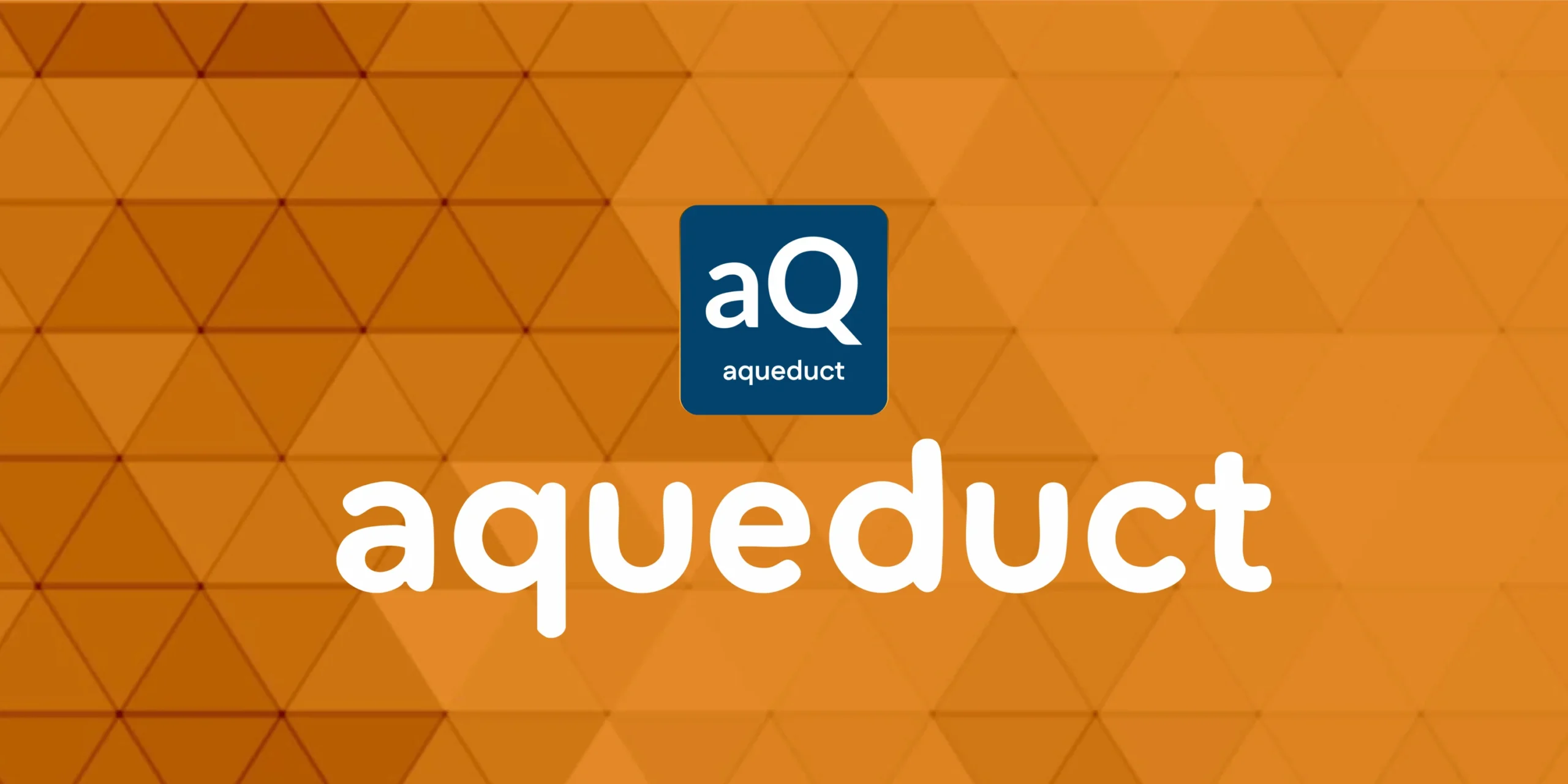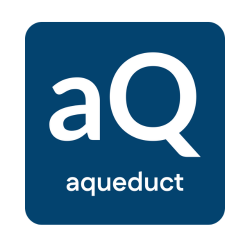Introducing Aqueduct
Building Management for Modern Facilities
Like the centuries-old aqueducts that transformed civilizations and generated enduring ROI, Aqueduct™ delivers a steady flow of actionable insights that revolutionize facility operations. Whether you’re aiming to lower utility bills, meet sustainability goals, or create healthier indoor environments, Aqueduct provides the reliable and data-driven intelligence you need to manage infrastructure with confidence.
By integrating digital twins, device health tracking, and customized sensing and actuation, Aqueduct automates processes, identifies cost-saving opportunities, and ensures occupant well-being. Harness the power of AI-enabled resource management to unlock a new era of operational excellence and environmental stewardship.


Features
In today’s fast-paced world, building and facility managers need real-time intelligence and reliable automation to manage everything from air quality to energy usage. Aqueduct™ addresses this need with a suite of powerful features designed to simplify infrastructure oversight, reduce costs, and enhance occupant well-being.
The Challenge
Buildings often struggle to maintain optimal indoor air quality due to limited visibility into pollutants, CO₂ levels, and humidity fluctuations. Without real-time data, occupants face higher risks of discomfort, health issues, and energy inefficiencies from inappropriate HVAC usage.
What Can Aqueduct Do
- Continuously track key IAQ metrics such as temperature, humidity, PM 2.5/10, and VOCs.
- Automatically trigger HVAC set points when thresholds are exceeded.
- Provide actionable alerts and long-term data trends for proactive maintenance.
The Impact
- Healthier indoor environments and improved occupant well-being.
- Reduced energy costs through smarter HVAC usage and through receiving demand response discounts from power utilities
- Enhanced compliance with safety and sustainability standards.
The Challenge
Undetected leaks or irregular water usage can lead to costly water damage, wasted resources, and unexpected downtime. Traditional, reactive approaches to water management often miss early warning signs of leaks and opportunities to reduce water consumption, take advantage for demand-response programs, and prevent water damage.
What Can Aqueduct Do
- Monitors water flow in real time to instantly identify anomalies and potential leaks.
- Sends alerts for immediate action, preventing extensive damage and waste.
- Integrates automated shut-off valves for critical applications to minimize risk.
The Impact
Significant reduction in water loss and related water damages.
Lower operational costs, demand-response savings, and insurance premiums.
Increased reliability and extended lifespan of water infrastructure.
The Challenge
Energy expenses often go unchecked due to a lack of real-time visibility into consumption patterns. Businesses can miss demand savings opportunities and run equipment inefficiently, inflating operational costs.
What Can Aqueduct Do
- Continuously tracks power usage across multiple systems and devices.
- Identifies high-demand periods and suggests load-shifting or efficiency measures.
- Enables data-driven decisions for energy procurement and load management.
The Impact
- Reduced electricity bills and carbon footprint.
- Better demand-response participation, leading to potential rebates.
- Improved resource allocation and strategic energy planning.
The Challenge
Many facilities rely on gas for heating or industrial processes but lack visibility into leaks, pressure drops, or usage patterns. Undetected leaks pose safety and compliance risks, while inefficiencies inflate costs.
What Can Aqueduct Do
- Continuously monitors gas flow, pressure, and quality to spot deviations.
- Sends immediate alerts for suspected leaks or dangerous levels.
- Offers usage analytics to optimize consumption and identify cost-saving measures.
The Impact
- Enhanced safety through early leak detection and rapid response.
- Lower utility bills by eliminating gas waste and optimizing consumption.
- Stronger compliance with environmental and safety regulations.
The Challenge
Complex building systems are difficult to manage without a holistic view. Traditional 2D plans and manual processes provide limited insights into dynamic interactions between equipment, environment, and occupants.
What Can Aqueduct Do
- Creates virtual replicas of physical assets and systems, providing a real-time “living model.”
- Simulates various scenarios (e.g., load changes, equipment failures) to predict outcomes.
- Integrates data from sensors for continuous calibration and accurate modeling.
The Impact
- Faster, more confident decision-making based on virtual simulations.
- Simplified planning and risk assessment for renovations or expansions.
- Reduced downtime and streamlined maintenance through predictive modeling.
The Challenge
Equipment failures and unplanned downtime can disrupt operations, generate costly repairs, and negatively impact occupant satisfaction. Traditional maintenance often relies on reactive, time-based schedules rather than real condition insights.
What Can Aqueduct Do
- Monitors critical systems (HVAC units, pumps, sensors) for performance metrics and early fault detection.
- Issues predictive maintenance alerts, enabling timely intervention before failures occur.
- Consolidates device health data into a single dashboard for streamlined oversight.
The Impact
- Reduced operational costs and fewer emergency repairs.
- Prolonged equipment lifespan through proactive maintenance.
- Consistent, reliable operations that improve occupant trust and comfort.
The Challenge
Massive volumes of data from disparate building systems can overwhelm facility managers, making it difficult to glean actionable insights for performance improvements or strategic planning.
What Can Aqueduct Do
- Aggregates data from multiple sensors and systems into a unified view.
- Applies advanced AI algorithms to uncover patterns, anomalies, and opportunities for optimization.
- Generates easy-to-understand recommendations to guide operational decisions.
The Impact
- Accelerated ROI through data-driven optimizations across all building systems.
- Informed strategic planning for sustainability, cost-savings, and occupant satisfaction.
- Streamlined data management, reducing reliance on manual analysis and guesswork.
Elevate Operational Excellence with Aqueduct
Elevate Operational Excellence with Aqueduct
Cut utility costs and meet your sustainability goals through real-time AI-driven insights and automation. Aqueduct seamlessly integrates with your infrastructure, ensuring efficient resource allocation, reduced waste, and a healthier environment.
Maximize Sustainability Impact While Cutting Utility Costs
Aqueduct supports pilot project validation and ongoing ROI tracking as initiatives scale, ensuring measurable success at every stage. It provides clear visibility into costs savings and resource reductions achieved through implemented improvements. Additionally, Aqueduct helps you monitor maintenance activities and sustainability goals, ensuring alignment with long-term objectives.


With expert resources and over 100 years of combined experience,
Milvian Group builds your digital core
@ 2025. All rights reserved.
Milvian Group
@ 2025. All rights reserved.
